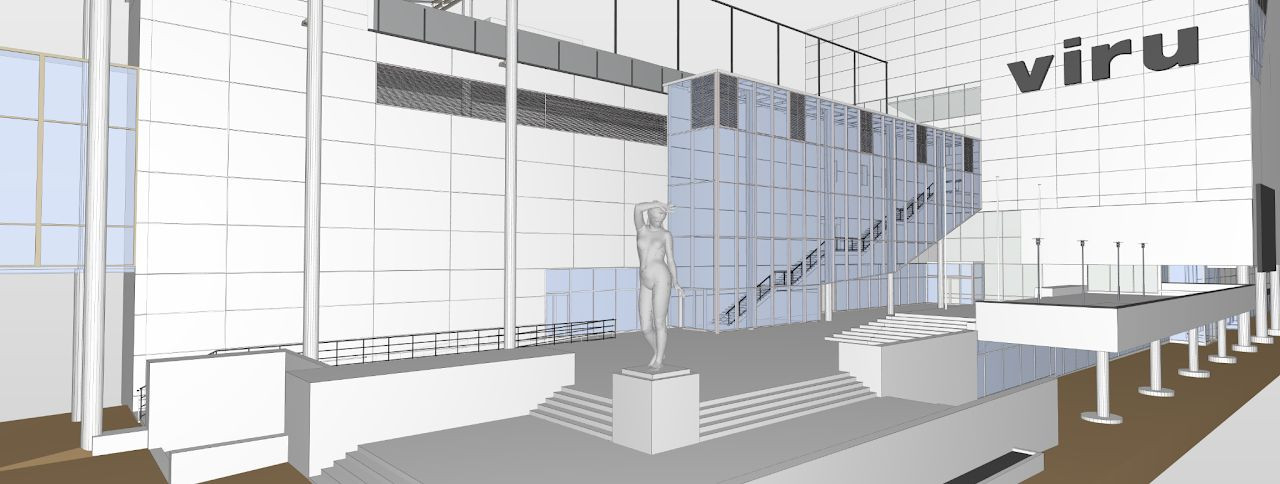The future of 3d laser scanning in construction
3D laser scanning is revolutionizing the construction industry by providing precise and comprehensive data that enhances the accuracy and efficiency of construction projects. This technology uses laser beams to capture the exact dimensions and spatial relationships of objects and environments, creating detailed 3D models that can be used throughout the construction process.
Current Applications of 3D Laser Scanning
One of the primary applications of 3D laser scanning in construction is surveying and mapping. This technology allows for the rapid collection of accurate data over large areas, significantly reducing the time and labor required for traditional surveying methods. The resulting 3D models provide a precise representation of the site, which is crucial for planning and design.
3D laser scanning enhances design and visualization by providing detailed models that architects and engineers can use to create accurate and realistic representations of their projects. This capability allows for better communication with clients and stakeholders, as they can visualize the final product before construction begins.
In the realm of quality control, 3D laser scanning ensures that construction projects meet design specifications. By comparing the scanned data with the original design models, discrepancies can be identified and corrected early in the process, reducing costly rework and ensuring that the project stays on schedule.
Technological Advancements in 3D Laser Scanning
Recent advancements in 3D laser scanning technology have led to increased accuracy and speed. Modern scanners can capture millions of data points per second, providing highly detailed models in a fraction of the time it used to take. This improvement allows construction professionals to make informed decisions quickly and efficiently.
The integration of 3D laser scanning with Building Information Modeling (BIM) and other digital technologies is transforming the construction industry. This synergy allows for seamless data sharing and collaboration among project teams, enhancing the overall efficiency and effectiveness of construction projects.
As technology advances, 3D laser scanning devices are becoming more portable and user-friendly. This accessibility allows more professionals to utilize this technology in the field, leading to widespread adoption and innovation in construction practices.
Future Trends in 3D Laser Scanning
The future of 3D laser scanning in construction is closely tied to automation and artificial intelligence (AI). These technologies will enable automated data collection and analysis, reducing human error and increasing efficiency. AI-driven insights will provide construction professionals with actionable data to optimize project outcomes.
As data processing and analysis capabilities continue to improve, 3D laser scanning will offer even more detailed and actionable insights. Advanced algorithms will allow for faster and more accurate interpretation of scanned data, leading to better decision-making and project management.
3D laser scanning is expected to expand into new phases of construction, including demolition and renovation. By providing detailed models of existing structures, this technology will facilitate more efficient planning and execution of these complex projects.
Benefits of 3D Laser Scanning for Construction Professionals
One of the most significant benefits of 3D laser scanning is cost efficiency. By reducing the time and labor required for data collection and minimizing errors, this technology can significantly lower project costs and improve profitability.
3D laser scanning helps mitigate risks by providing accurate data that can be used to identify potential issues before they become problems. This proactive approach reduces the likelihood of costly delays and rework, ensuring that projects are completed on time and within budget.
Finally, 3D laser scanning enhances collaboration and communication among project teams. By providing a shared, accurate representation of the project, all stakeholders can work together more effectively, leading to better project outcomes and client satisfaction.






Comments (0)